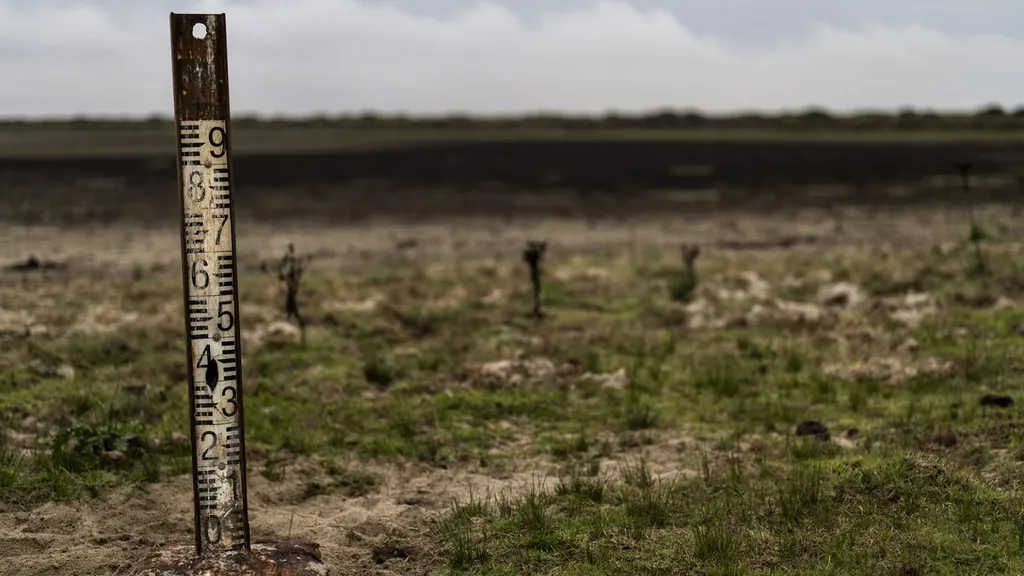In the heart of Spain, where the UNESCO World Heritage site of Doñana stretches across wetlands and farmlands, a silent battle for water is unfolding. As droughts intensify and water resources dwindle, agriculture and natural ecosystems are increasingly at odds. A recent study published in the journal *Remote Sensing* (translated as *Distant Sensing*) has shed light on this growing competition, offering insights that could reshape water management strategies in semi-arid regions worldwide.
Led by Maria C. Moyano from the Departamento de Ingeniería Agroforestal at the Universidad Politécnica de Madrid, the research team employed a modified PT-JPL model to assess evapotranspiration (ET) patterns in Doñana. This model, which substitutes relative humidity with a thermal inertial approach, proved significantly more accurate in estimating soil evaporation in Mediterranean semi-arid irrigated areas.
“The modified PT-JPL model allowed us to quantify spatial and temporal variations in water use with unprecedented precision,” Moyano explained. “This is crucial for understanding the impact of agricultural expansion on natural ecosystems.”
The study revealed stark contrasts in ET trends across Doñana. Intensified agricultural areas and rice fields surrounding the National Park showed an increasing ET trend, indicating a growing diversion of water toward irrigation. In contrast, wetlands within the park exhibited a strong negative ET trend, highlighting their vulnerability to reduced water inputs.
“During the 2011–2016 drought, precipitation declined by 16%, and the impact on wetlands was particularly severe,” Moyano noted. “ET in these areas was significantly correlated with precipitation, underscoring their dependence on consistent water inputs.”
These findings have profound implications for sustainable water management. As climate change exacerbates drought conditions, balancing agricultural productivity with the preservation of ecologically valuable systems becomes increasingly challenging. The research underscores the need for innovative strategies that can mitigate water competition and ensure the resilience of both natural and agricultural systems.
For the energy sector, these insights are particularly relevant. Agriculture is a significant consumer of water resources, and understanding the spatial and temporal dynamics of ET can inform more efficient irrigation practices. By optimizing water use in agricultural areas, energy-intensive water pumping and treatment processes can be reduced, leading to cost savings and a smaller carbon footprint.
Moreover, the study’s application of remote sensing technology offers a scalable solution for monitoring water use in other semi-arid regions. As Moyano and her team have demonstrated, advanced modeling techniques can provide valuable data to support decision-making and policy development.
“The insights gained from this research can guide the development of sustainable water management strategies that benefit both agriculture and natural ecosystems,” Moyano said. “This is essential for ensuring the long-term viability of water resources in the face of climate change.”
As the world grapples with the challenges of water scarcity, the findings from Doñana offer a beacon of hope. By leveraging cutting-edge technology and innovative modeling techniques, we can navigate the complex interplay between agriculture and natural ecosystems, ensuring a more sustainable future for all.

